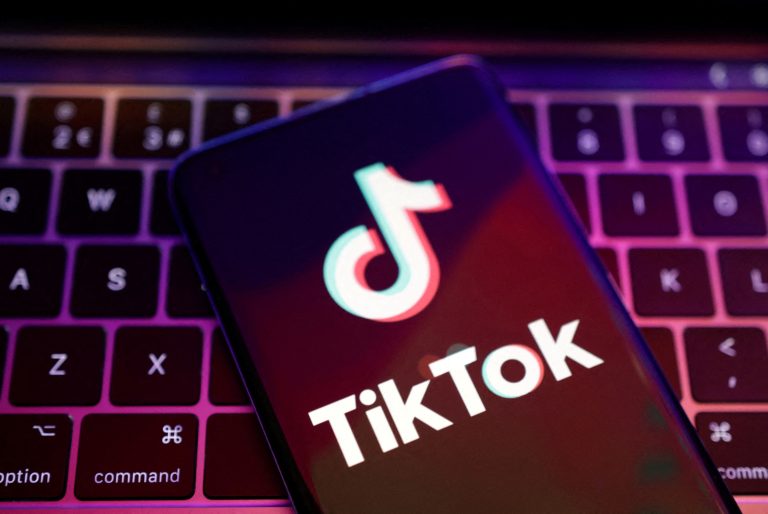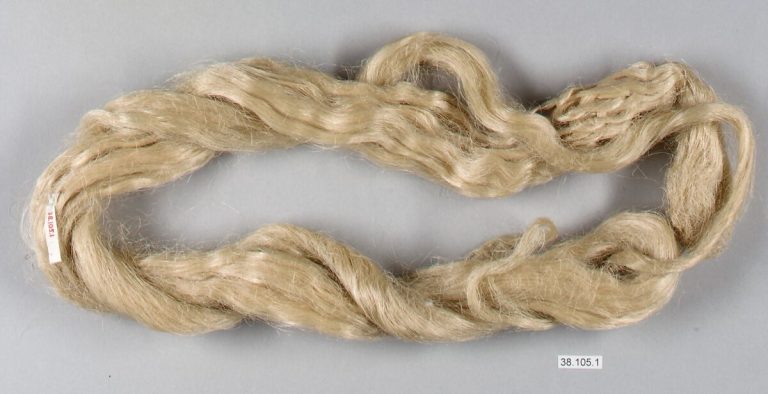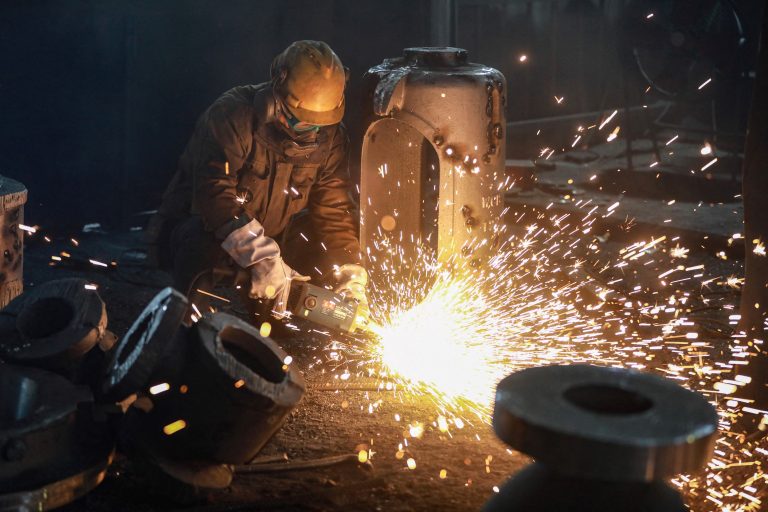Health Canada is bringing a brand new type of Coronavirus Disease 2019 (COVID-19) vaccine to the public after approving Operation Warp Speed outlier Novavax’s protein subunit offering on Feb. 17.
In a press release, Novavax made the announcement, noting that the Government of Canada and itself inked a contract “for 52 million doses of Novavax’ COVID-19 vaccine, with the option for up to an additional 24 million doses, in January 2021.”
The company also celebrated the establishment of “a memorandum of understanding to produce NVX-CoV2373 at the National Research Council of Canada’s (NRC) Biologics Manufacturing Centre in Montréal in February 2021.”
The deployment of a protein subunit COVID vaccine is notable because all four injections available to the public are novel gene therapy based technology.
In Pfizer and Moderna’s case, messenger RNA is encapsulated in a manmade lipid nanoparticle and deployed to human cells to cause them to grow SARS-CoV-2 spike protein in an attempt to elicit an immune response.
Success
You are now signed up for our newsletter
Success
Check your email to complete sign up
SARS-CoV-2 is the virus that causes COVID-19.
In AstraZeneca and Johnson & Johnson’s offerings, a variety of virus called adenovirus is sterilized and genetically spliced with a double stranded DNA instruction. After the adenovirus enters cells and delivers the payload, the DNA causes your cells to generate the SARS-CoV-2 spike protein.
RELATED ARTICLES:
- Study Finds COVID Spike Protein Created in Vaccines ‘Hijacking’ Human Body DNA Repair and Adaptive Immune System Mechanisms
- Ontario Study: Double Jabs Give Negative Vaccine Efficacy Against Omicron, 95 Percent of Cases Fully Vaccinated
- It’s a Pandemic of the Vaccinated, Canadian Hospitalization Data Shows
Novavax’s offering is different, however, because it uses “recombinant nanoparticle technology” to “to generate antigen derived from the coronavirus spike protein,” according to information available on its website about its NVX-CoV2373 injection.
The company bolsters its offering with a proprietary adjuvant made from a saponin extracted from the soapbark tree.
In short, Novavax generates its spike protein by using a technique similar to how the adenovirus vaccines work, but for insects. Moths are exposed to a baculovirus, which deploys a genetic instruction that causes the butterflies-yet-to-come to grow large quantities of SARS-CoV-2 spike proteins.
The proteins are then extracted and purified in the process of terminating the moths. A protein subunit vaccine delivers batches of spike proteins directly into the human body with the goal of attempting to simulate an immune response without having to be exposed to the actual virus.
During the first round of global COVID vaccine distribution, Novavax has remained something of a dark horse in spite of receiving $1.6 billion in funding under the Trump administration’s Operation Warp Speed in July of 2020.
Despite the heavy investment, the company’s offering has remained on the backburner as it sits in the shadow of the big four gene therapy injections also funded under OWS.
When the Omicron variant, with its extensively mutated spike proteins that almost completely defeat immunity generated by the existing vaccines, first emerged, Novavax claimed it could have a new Omicron-specific vaccine up and running in as little as several weeks.
Nonetheless, NVX-CoV2373 is based on an earlier generation of SARS-CoV-2 and its inherent spike protein, and has remained in clinical trials since December of 2020, with findings published in the New England Journal of Medicine as late as Feb. 10.
Pfizer and Moderna’s Omicron-specific, three dose injection course entered clinical trials last month.
For supporters of vaccine passports and mandatory vaccination, 2022 may present a year where three doses of original vaccine, three doses of Omicron vaccine, and a potential protein subunit vaccine are all required to maintain your social credit score and participate in society.













